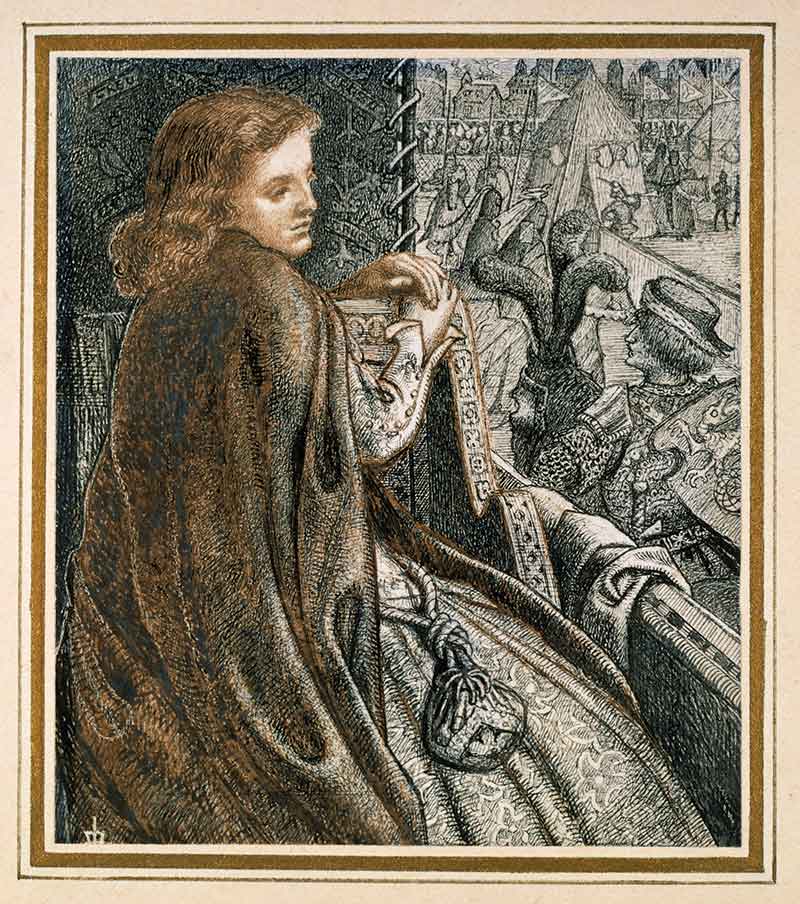Some things defy expectations. Next to Normal, at Whidbey Island Center for the Arts in Langley, is sure to be one of them.
“Next to Normal is the Pulitzer Prize-winning musical about a suburban American family and one woman’s journey through her bipolar episodes and depression,” described director Deana Duncan, WICA’s Artistic Director. “It is at turns funny, heartbreakingly tender, and stunningly beautiful.”
With a small cast of just six actors, Duncan said the music is easily the seventh character.
“This music begins soft and plays at your heartstrings, then it drives deep into your belly and soul and then it rocks the foundation of your emotions,” she described. “I’ve been listening nonstop to this music for over six months and it’s only getting stronger. The music holds, carries and matches the authenticity of the emotion this story shares.”
“The music is composed as part and parcel of the telling of the story - the melodic riffs, the rhythmic impulses, the chosen instrumentation are all very intentional as a way to convey the reality of each character AND the arc of their development as the play unfolds,” said musical director Sheila Weidendorf. “The music is the heart of the story…” — Kathy Reed, Whidbey Weekly
Read the entire article here.
RELATED PROGRAMMING
Next to Normal | Apr 05-20, 2019







